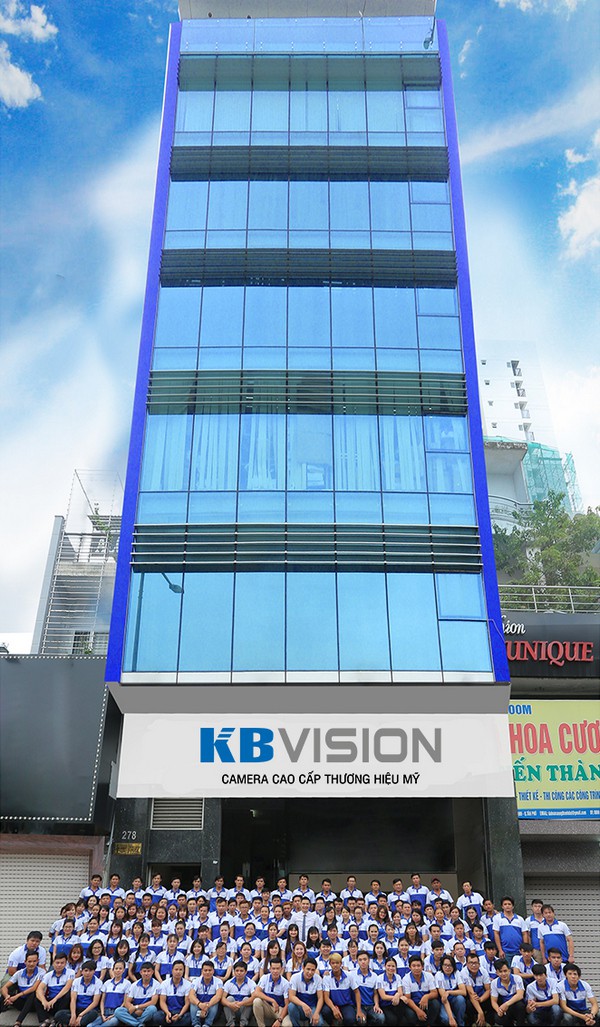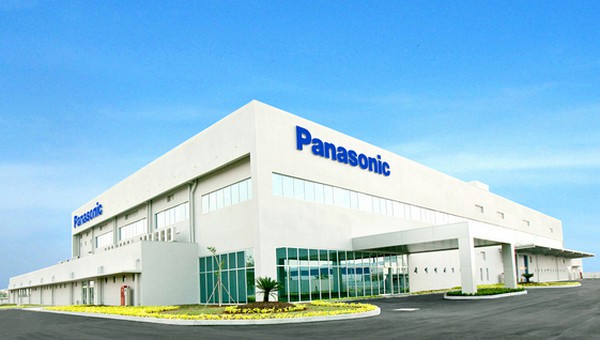Bookkeeping
Understanding Common Stock: Share Basics, Balance Sheet Impact, and Investor Insights
NỘI DUNG TRANG
Both common and preferred stockholders can receive dividends from a company. However, preferred stock dividends are specified in advance based on the share’s par or face value and the dividend rate of the stock. Businesses can choose whether or not and how much to pay in dividends to common stockholders. Traded on exchanges, common stock can be bought and sold by investors or traders, and common stockholders are entitled to dividends when the company’s board of directors declares them. Preferred stock is also an equity and is the other main category of shares aside from common stock. The balance sheet is a financial statement that shows what a company owns (assets) and owes (liabilities), along with the value of the owners’ part (equity).
What Is Preferred Stock?
Common stock, small business bookkeeping memphis as its name implies, is one of the most ordinary types of stock. It gives shareholders a stake in the underlying business, as well as voting rights to elect a board of directors and a claim to a portion of the company’s assets and future revenues. However, common stockholders have a lower position than preferred stockholders, who get priority on dividend payments and in recovering their investment if the company is liquidated. Selling preferred stock, like any other shares, lets a company raise money by selling a stake in the business. A company may do this to raise capital for business expansion, debt repayment, or to invest in new projects.
Great! The Financial Professional Will Get Back To You Soon.
Under a hypothetical liquidation scenario in which all liabilities are cleared off its books, the residual value that remains reflects the concept of shareholders equity. Once all liabilities are taken care how does bidens latest plan to tax the superrich work its more straightforward of in the hypothetical liquidation, the residual value, or “book value of equity,” represents the remaining proceeds that could be distributed among shareholders. A stockholder owns 1% of the company if they possess 1,000 ordinary shares. This investor will get $100 (1,000 shares X $0.10) in dividends if the company announces a $0.10 per share dividend.
All revenues the company generates in excess of its expenses will go into the shareholder equity account. These revenues will be balanced on the assets side, appearing as cash, investments, inventory, or other assets. That’s because a company has to pay for all the things it owns (assets) by either borrowing money (taking on liabilities) or taking it from investors (issuing shareholder equity). In short, the balance sheet is a financial statement that provides a snapshot of what a company owns and owes, as well as the amount invested by shareholders. Balance sheets can be used with other important financial statements to conduct fundamental analysis or calculate financial ratios. Common stock tends to offer higher potential returns, but more volatility.
Public companies need extra cash for many purposes, including upgrading production facilities, expanding into new markets, and pursuing acquisitions. One of the easiest ways to raise funding is through issuing common stock, which comes with both advantages and disadvantages when compared to taking out a traditional loan. When a company issues stock at PAR, the following journal entry is made. Many analysts consider preferred stock to represent a hybrid of common stock and bonds. This is due to the fact that preferred stock behaves similar to a debt instrument while simultaneously being capable of appreciating in value significantly.
Ask a Financial Professional Any Question
- Both common and preferred stockholders can receive dividends from a company.
- Common stock is listed under the Stockholders Equity section in a company’s balance sheet.
- It can tell you a lot about their financial health and how they treat their shareholders.
The more shares you have, the louder your voice, particularly in voting on the board of directors or on policies affecting the value of the stock. The more shares of common stock you have, the bigger your part of the company. It’s a way for people to invest in a company and possibly make money if the company does well. When you own a share of common stock, it means you own a little part of that company.
Difference Between Preference Share & Equity Share
We handle the hard part of finding the right tax professional by matching you with a Pro who has the right experience to meet your unique needs and will handle filing taxes for you. It is necessary to understand the advantages in the various features of common stock. Let’s see some simple to advanced examples of issuance of common stock calculation to understand it better.
While both types confer ownership in a company, preferred stockholders have a higher claim to the company’s assets and dividends than common stockholders. Common stock affects the balance sheet by increasing the equity section. When a company issues shares of common stock, it gets money from investors, increasing the common stock balance in its financial records.
Common stock is different from preferred stock because the former type of stock allows voting rights to the holder. In this example, Apple’s total assets of $323.8 billion is segregated towards the top of the report. This asset section is broken into current assets and non-current assets, and each of these categories is broken into more specific accounts.
A 10% stake, for instance, can be sold for $10,000 if the value of your company is $100,000. Common stock is listed under the Stockholders Equity section in a company’s balance sheet. It enables entrepreneurs and companies to raise capital from investors to expand their operations.






